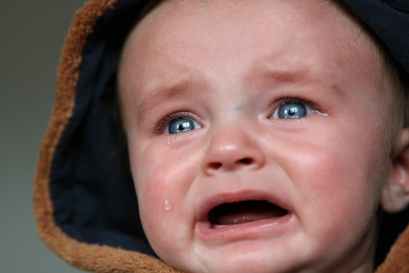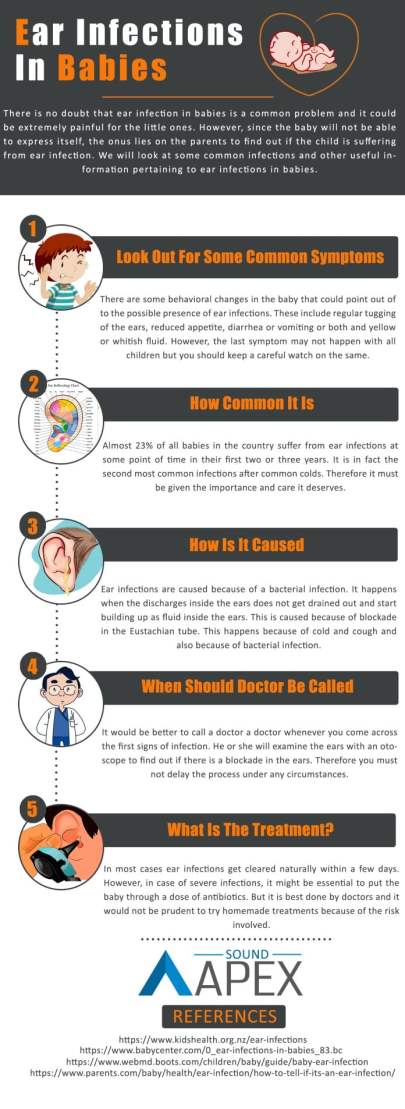New mothers often feel anxious upon learning about ear infections in infants. However, this is a widespread issue globally, and there’s no need for excessive worry. In fact, it’s not uncommon for a baby to experience multiple episodes. Detecting the problem early reduces discomfort for both you and your child. Paying attention to clear signs and symptoms is crucial. For instance, if your baby frequently grabs or pulls at their ears, it’s a cause for concern. Additionally, increased fussiness and sleep disturbances are red flags to watch out for.
What causes ear infection in babies? When to call the doctor?
Are you hearing this from your little one? ‘Mamma, it hurts and I am unable to bear the pain’ – A relentless unpleasant conversation between the mother and the children. A continuous pain in the ear leading to discomfort and crankiness in the children is a cause of definite worry.
In the scientific terms, an ear infection is an inflammation of the middle ear, generally caused by bacterial or fungal infections. This usually occurs when the fluid increases behind the ear drum. This is scientifically referred as Otitis Media. Children are more prone to ear infections because of the constant interaction with other children and other environmental elements. 
Recognizing Ear Infection Symptoms in Toddlers
If you have a toddler who hasn’t started talking yet, they might become irritable, or you may notice them complaining about persistent ear pain. Even a mild earache could indicate a baby ear infection. Symptoms like a tender ear, difficulty eating, and a rise in body temperature are common signs of ear infections in infants. Additionally, fussiness, disrupted sleep, and trouble hearing or responding to soft sounds should alert you to a potentially severe ear infection.
Bacterial growth in the middle ear typically causes ear infections in babies. This area contains tiny bones that transmit sound from the eardrum to the inner ear. The middle ear produces fluids that usually drain back into the throat through the eustachian tube. However, when this fluid doesn’t drain properly, it creates a moist environment ideal for bacterial growth. These bacteria or viruses can cause significant pain and discomfort in babies.
Factors Contributing to Ear Infections in Children
Ear infections in children can be influenced by genetic factors, with familial predispositions playing a significant role. The strength and functionality of ear muscles, including their ability to open and close efficiently, are determined partly by genetic inheritance. Additionally, external factors such as environmental congestion from dust and pollution can contribute to the blockage of the eustachian tube, increasing the likelihood of ear infections. Exposure to indoor and outdoor pollutants, including toxic smoke, along with habits like bottle-feeding and interactions in daycare settings, can also elevate the risk of detrimental ear infections in children.
Children of the age from 6 to 18 months are more prone to ear infections. As they grow the anatomy of the ear are angled perfectly with the other organs of the body and the risk of getting an ear infection declines steadily. It is better to consult a doctor immediately the moment ear infection begins. Untreated or ignored ear infections lead to dangerous and life-threatening diseases in children. Remember the only way the pediatrician can find the cause of the ear infection, whether it is bacterial or virus, is through injecting a needle and testing the fluid from the middle ear. Unfortunately, your little one would have to bear a little pain while sucking the fluid out.
The most common treatments of ear infections are pain medication, wait and watch the improvement in the health, warm compress, and antibiotics. It is always said, prevention is better than cure. It is important to develop a proper personal hygiene, doesn’t get exposed to the cigarette smoke or any kind of toxic material. Ensure all the vaccines are given to the child at the right time.
Infographic sponsored by Soundapex